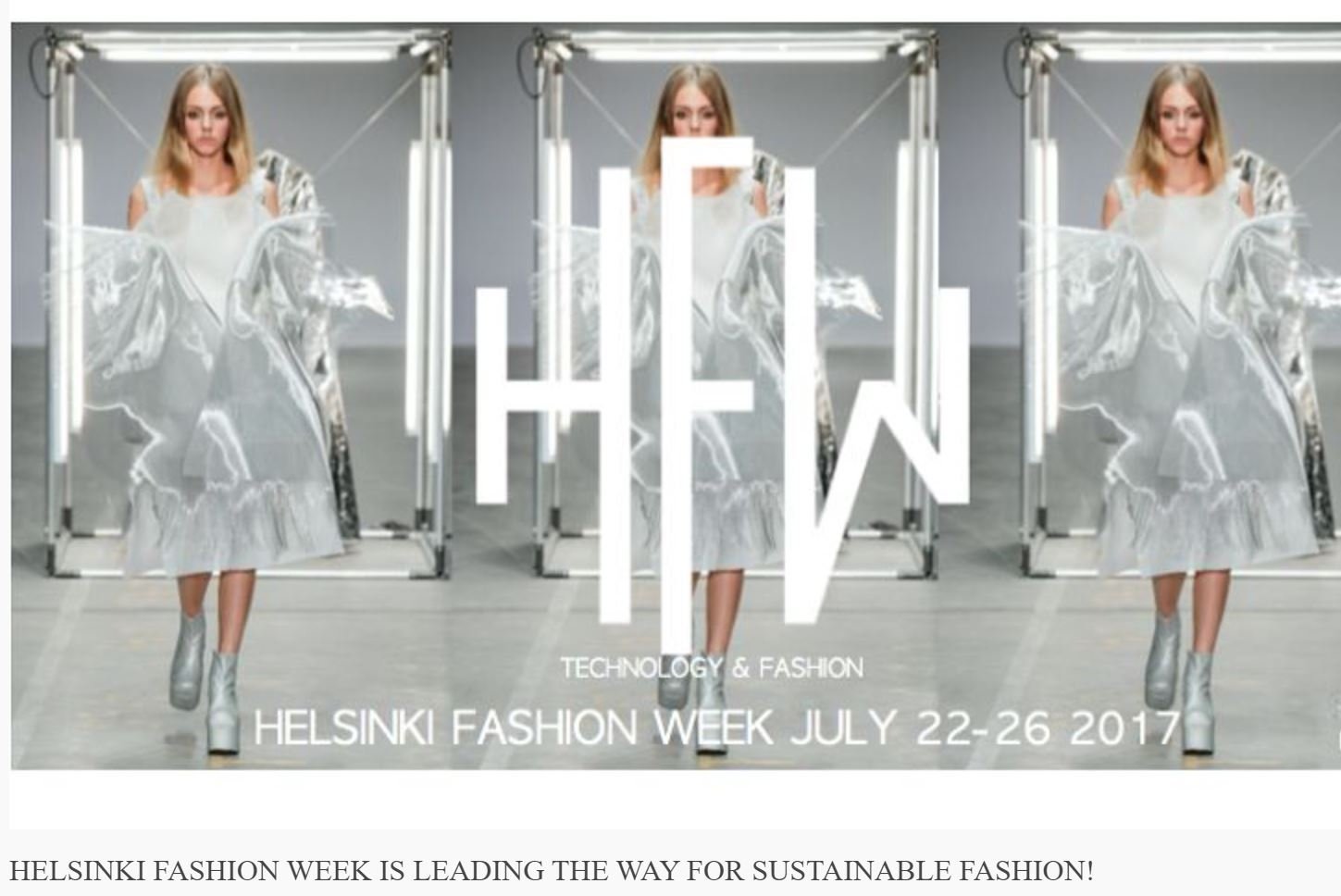Inspiration Catalogue: Future of Fashion Post COVID
We all are wondering what the future holds for fashion industry post and during the COVID era.
Future of Fashion Post Covid
With the light in the end of the long tunnel. the fashion industry might be turning a new leaf. A transformation of huge proportions, that might change the retail business model at the root levels.
Big inventory cycles could be a thing of the past. Demand driven process could be the answer. With ‘made to order’ being the new norm. It will shrink the inventory related costs which become difficult to maintain if the sales fluctuate due to difference in customer buying patterns, especially when they are re-evaluating the value of each fashion item they own in the long term. Their affinity might grow towards timeless classic pieces which can be a form of investment with a good resale value.
Another big change which had started pre-pandemic time, is a paradigm shift to online shopping. The brick and mortar showrooms slowly disappear as the buyers get hooked to the comfort of their homes. If they will ever return back from online shopping path, even after the pandemic is over, when it is over is a thought to ponder upon. But as the shopping patterns experience a shift in the mindset and habits, they might stay. The businesses are also realizing the savings in the showroom maintenance, and they might not be willing to go back, especially when the businesses are coping with fluctuations in sales.
Online Shopping
Fashion Shows, which showcased the glamourous side of fashion to the clients first-hand, a work of art and means of personal expression for the designers, cannot be continued in the same form of physicality and audience. As the year progressed into the pandemic, we saw cancellations of fashion shows from all the prominent designers and brands like Versace, Armani, Dolce & Gabbana and the likes. The new way will be towards the online shows
Online Fashion Shows
London Fashion Week going digital earlier this year and a number of brands, including Dior and Burberry, announcing audience-free shows or presentations that can only be watched via livestream. One city which is leading the way in this space is Helsinki Fashion Week (HFW), which has been making waves in the industry since its debut in 2016. experiment with virtual experiences for its upcoming July schedule, via 3-D fashion shows, interactive livestreams, cyber networking opportunities and an online digital designer residency. Many collections will also be digitised into 3-D after the designers send the patterns to Helsinki's partner Scotomalab and NDA Paris where the looks are digitised and built onto the avatar to wear. 3-D prototyping could serve as a solution to fashion’s waste problem, as brands could create more efficiently in the future, rather than over-producing - or being restricted to sample sizes. It’s only when customers order the look that it’s made from scratch. It may not be the same as a physical event, but it’s more accessible.
Helsinki Fashion Week
Of course, physical events do hold a social aspect that just cannot be replicated by the online world and arguably, seeing clothing via a screen can never truly replace the magic of seeing them move in real life. There's an electricity and emotion that a physical show conveys that we haven't yet seen replicated in their virtual forms. Hopefully, there's a middle ground; if the digital and real world combined, fashion could change for the better.
Seasons several big labels - including Saint Laurent and Gucci - have now announced more permanent intentions to leave behind the traditional seasonal calendar. Collections are more seasonless than ever, as brands take more of a considered approach to the longevity of a collection. We have seen more classic silhouettes and less reliability on prints dominating the market. This is strongly resonating with our customers who seek pieces that they can keep in their wardrobe longer than a season.
Seasonless Collections
Fashion trends that can come up will be relating to a sense of flashback or nostalgia as a way of escapism as it happened during 1960s when the youth wanted to escape the harsh reality of wars & assassinations. There is also a good scope for protection wear like masks and PPE. Masks can become more fashionable and made from sustainable, organic, and natural fabrics. During the lockdown the biggest need based buying craze is home wear. Luxurious and stylish home wear that can be worn for different functions like Athleisure can be a good direction for fashion. With the economic conditions leading to recession, there will be tendency to move towards minimalism and sobriety as was the condition after the world wars. Timeless classic pieces that can remain in wardrobes for longer periods. Finally, customer will become more conscious of the impact fashion industry has on the world. They will admire companies that are the kind employers and strive for sustainable fashion with a lesser carbon imprint on the planet.
Work from Home Trends
The fashion industry has hit a reset button. With a need of revaluation of what and how we design. Be it the big brands or personal designers, will have nothing to lose as the only direction is to work-up towards building the fashion blocks in a new world.
Reset button for Designers







